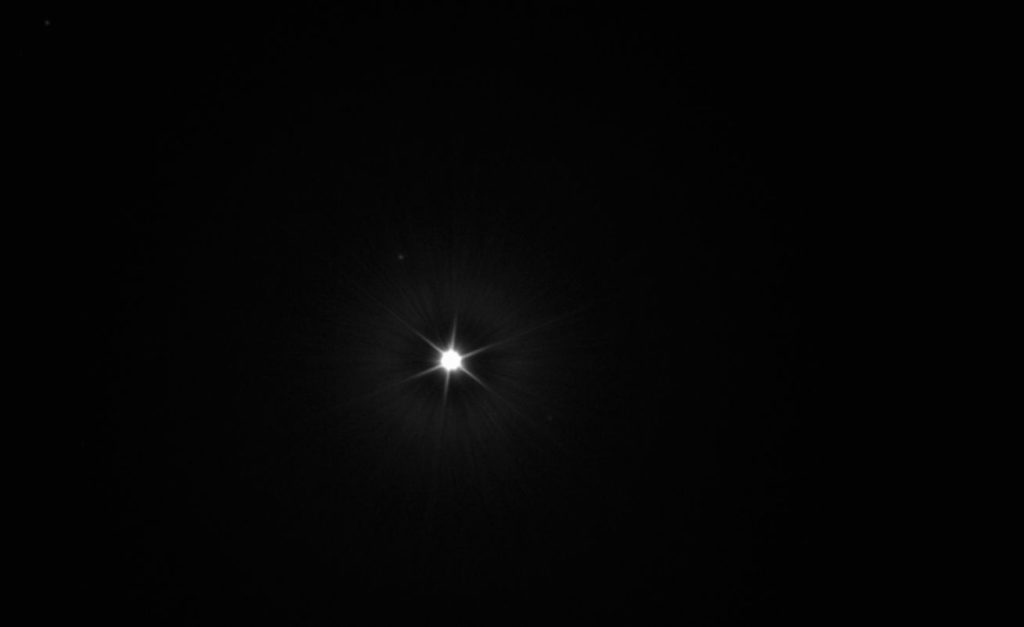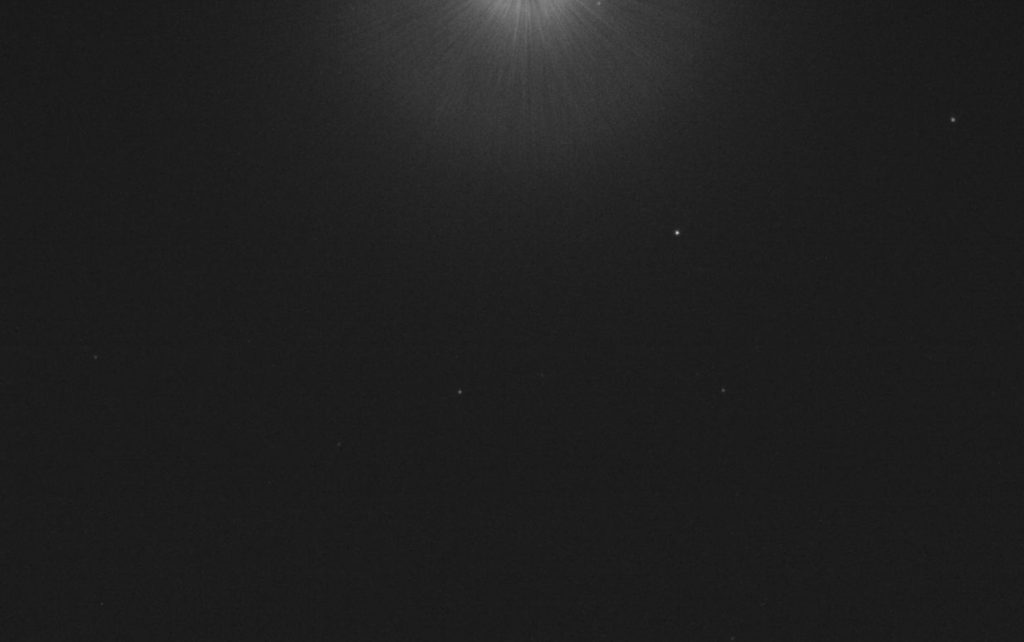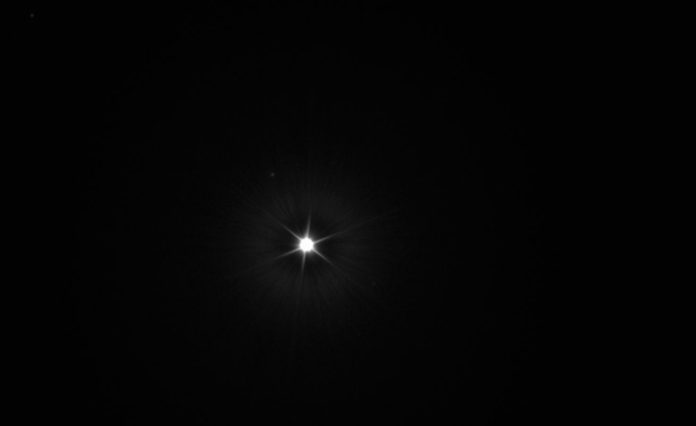NASA’s Double Asteroid Redirection Test (DART) spacecraft has been steadily moving toward its September 26 encounter with the double asteroid Didymos since its launch last November. Since it was sent into space, the spacecraft has worked as planned.
However, the spacecraft — and the scientists behind it — have been quite busy in recent months. Using the spacecraft’s telescopic camera, the Didymos Reconnaissance and Asteroid Camera for Optical Navigation, or DRACO, the Johns Hopkins Applied Physics Laboratory (APL) team directing the DART project for NASA has obtained approximately 150,000 photos of numerous stars.
DRACO is a high-resolution camera based on the imager on NASA’s New Horizons probe, which produced the first close-up photographs of Pluto and Arrokoth, a Kuiper Belt object. DRACO is DART’s lone instrument, and it performs a crucial role: it will not only collect photos of Didymos and Dimorphos, but it will also help the spacecraft’s autonomous guiding system, SMART Nav, navigate DART to its final destination. DART provides data to the APL crew on the ground in Laurel, Maryland, by collecting photos of stars in various parts of the sky on a regular basis. This data is used to assist in continuing spacecraft testing and rehearsals in preparation for September’s kinetic impact on the asteroid system.
On May 27, DART steered DRACO in the direction of Vega, one of the most prominent stars seen when the sky is dark. DRACO’s first black-and-white photograph reveals a bright speck on the horizon; Vega is only 25 light-years away, so it’s pretty close to our solar system. The image has been intentionally saturated in order to support a dispersed light test. The six “spikes” you can see on the star’s edge are caused by the diffraction pattern of the structure that holds the secondary mirror of the camera in place.

The second black-and-white image was captured with Vega placed on purpose just outside the camera’s field of vision, capturing a halo-like light around the star’s edge. The halo isn’t really there in space, though. It’s created when a small amount of light from Vega bounces off different parts of DRACO and onto the detector.

“We specifically wanted something bright, and Vega is bright,” said Carolyn Ernst, DRACO instrument scientist at APL. “We’re taking a series of images and looking for light that could scatter off parts of the camera and end up where it shouldn’t be. We’re doing both long and short exposures to get different measures of what the scattered light can be,” Ernst explained.
Even the image that doesn’t show the complete star in the field of vision can be useful. This type of data is fed into the DRACO camera’s calibration, ensuring success when it images the asteroid Didymos and its moonlet asteroid Dimorphos before targeting and diving into the latter at a speed of 14,000 miles per hour.
As DART continues its journey to the binary asteroid system Didymos, where it will perform the first-ever kinetic impact deflection test in September, it will also continue taking pictures to make sure the DRACO camera is properly calibrated and can make accurate measurements when the spacecraft finally sets its sights on its asteroid target.
APL developed and manages DART for the Planetary Defense Coordination Office of NASA. DART is the world’s first planetary defense test mission, conducting a kinetic hit on Dimorphos to alter its speed significantly in space. While neither asteroid poses a direct threat to Earth, the DART mission will show that a spacecraft can travel independently to a kinetic impact on a relatively small target asteroid and that this is a realistic method for deflecting a genuinely dangerous asteroid if one is ever located. DART will meet its goal on September 26, 2022.
Image Credit: NASA
You were reading: NASA Snaps Incredibly Rare One Of The Brightest Stars In The Night Sky
